Conflict is an inevitable aspect of professional life, particularly when working with clients who come from diverse backgrounds and perspectives. Whether it arises from differences in opinion, communication styles, or unmet expectations, managing conflict effectively is key to maintaining strong, productive relationships. Below I explore practical strategies for navigating conflicts with clients in a straightforward, down-to-earth manner.
embrace open and honest communication.
Creating a culture of open communication is essential when conflicts arise. Clients should feel comfortable expressing their concerns and frustrations directly, without fear of repercussions.
set the tone. From the outset, foster an environment where open dialogue is encouraged. Make it clear that voicing concerns is essential for a collaborative working relationship.
active listening. When clients share their thoughts, practice active listening. Show that you’re engaged by nodding, maintaining eye contact, and summarizing their points to ensure understanding.
manage expectations early on.
Many conflicts stem from unmet expectations, so it’s crucial to clarify these from the beginning of the relationship.
clarify goals. Collaborate with clients to establish clear, achievable goals. Document these goals to ensure mutual understanding and accountability.
regular check-ins. Schedule periodic reviews to assess progress and adjust goals as necessary. This keeps everyone on the same page and helps identify potential issues before they escalate.
stay calm and composed.
Emotions can run high during conflicts, making it essential to maintain your composure. Staying calm can help facilitate thoughtful discussions.
take a breath. Before responding to a tense situation, take a moment to breathe deeply. This simple act can help ground your response.
use neutral language. Frame your responses using language that is non-confrontational. Instead of saying, “I think you’re wrong,” try, “Let’s explore your perspective further.”
acknowledge emotions.
Recognizing and validating emotions can be very effective in de-escalating conflicts. This helps clients feel understood and respected.
empathy in action. Acknowledge the emotions involved by expressing empathy and understanding. Use phrases like, “I can see why this is important to you,” or “It sounds like you’re feeling frustrated.”
encourage expression. Invite clients to share their feelings openly. Sometimes just airing grievances can clear the air and allow for constructive resolution.
focus on solutions.
When conflicts arise, it’s easy to get stuck on the problems. Shift the focus of the conversation toward finding solutions that work for everyone involved.
collaborative brainstorming. Engage clients in brainstorming potential solutions together. This empowers them and fosters a sense of ownership over the resolution.
keep the bigger picture in mind. Remind clients of their larger goals and how resolving the current conflict will facilitate progress towards achieving those objectives.
set boundaries and know when to let go.
While resolution is the goal, it’s crucial to know when to set boundaries and when a particular client relationship may be detrimental to your well-being or effectiveness.
define your scope. Clearly define what is within your professional scope. If a client’s needs exceed your capacity, it may be necessary to refer them to another professional.
know when to say goodbye. If conflicts become persistent and unresolvable, prioritize your time and energy. Recognize when it’s best to part ways and approach this conversation with honesty and compassion.
reflect and learn.
After navigating a conflict, take the opportunity to reflect on the experience. Analyzing what worked and what could have been handled differently can enhance your conflict resolution skills.
proactivity. Reflect on what could be improved and consider how future interactions could be enhanced. Develop proactive strategies to address and prevent potential conflicts in those areas moving forward.
seek feedback.
If appropriate, ask the client for feedback on how the situation was handled. This can promote transparency and show your commitment to continuous improvement.
Conflict in client relationships can be challenging but also serves as an opportunity for growth and development. By embracing open communication, actively listening, acknowledging emotions, focusing on solutions, and setting clear boundaries, you can navigate conflicts effectively and strengthen your professional relationships. Remember, each conflict resolved is a step toward fostering stronger, more productive connections, ultimately benefiting both you and your clients. Using these grounded strategies, you can ensure that your professional journey is marked by collaboration, understanding, and success.

